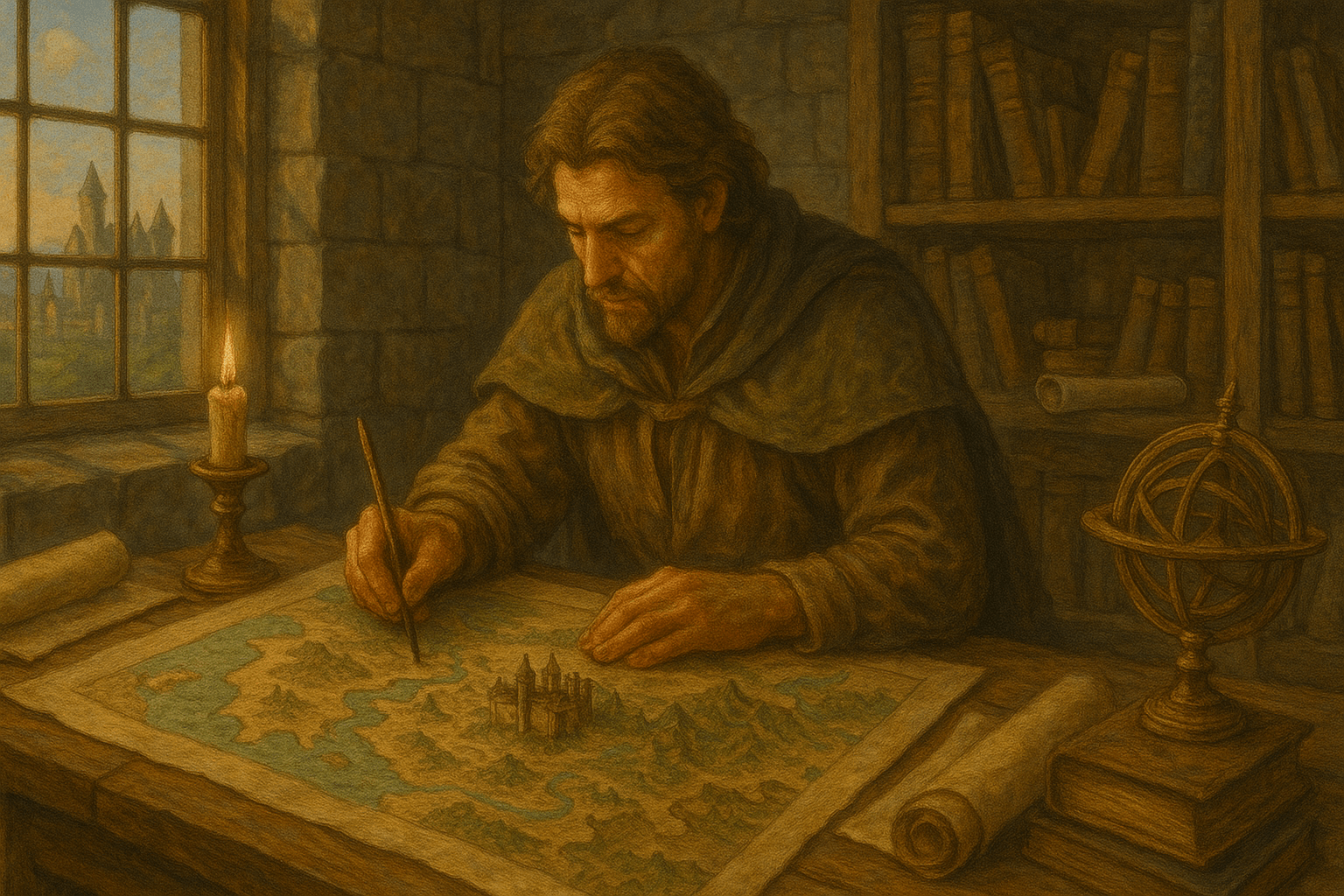
How to Create a Fantasy World for D&D: A Step-by-Step Worldbuilding Guide

Updated on: 2025-12-12
Designing your own fantasy world for Dungeons & Dragons (D&D) is one of the most rewarding parts of being a Dungeon Master. Whether you're building a vast continent filled with kingdoms or a single mysterious island, homebrew worldbuilding allows you to craft a living, breathing setting that your players will want to explore.
This beginner-friendly D&D worldbuilding guide walks you step-by-step through creating your own campaign setting, from geography and cultures to politics, factions, and magic systems. With examples, tools, and creative prompts, you’ll turn raw ideas into a fully playable world.
Step 1: Start with a Core Concept or Theme
Begin your D&D worldbuilding with a clear idea or tone. This sets the foundation for everything that follows.
Ask Yourself:
-
What kinds of stories do I want to tell? (Dark fantasy? Political intrigue? Heroic legends?)
-
What sets this world apart?
-
Is magic rare or common? Are the gods present, hidden, or dead?
Examples:
-
A post-apocalyptic fantasy world rebuilding after a divine war
-
A realm of floating sky islands above an endless ocean
-
A kingdom where magic is forbidden and secretly hunted
DM Tip: Start small! Focus on a single region, town, or island. You can expand later as your campaign grows.
Step 2: Outline the Geography of Your World
Geography shapes cultures, trade, conflicts, and adventure. You don’t need a detailed fantasy map yet, just sketch out the broad strokes.
Geographic Elements to Consider:
-
Continents, archipelagos, or fractured realms
-
Mountains, forests, rivers, deserts, oceans
-
Climate zones (tundra, jungle, temperate, arid)
Tools to Help:
-
Free Map Tools: Inkarnate, Wonderdraft, Hexographer
-
DIY Tip: Sketch a rough map on paper or use grid/hex sheets
Example:
The Realm of Virellia is split by the Singing Mountains. Eastern river kingdoms prosper, while the western badlands hide nomadic tribes and ancient dragon bones.
Step 3: Develop Cultures and Civilizations
Distinct cultures make your world feel alive. Think about traditions, values, and daily life across different regions.
Cultural Questions:
-
What do people eat, wear, and celebrate?
-
How do they view magic, war, or death?
-
What are their taboos, myths, or superstitions?
Brainstorming Techniques:
-
Base loosely on real-world cultures, then add a fantasy twist
-
Ask “what if?” questions (e.g., What if a culture worships time instead of gods?)
-
Use contrasts: one region prizes honor, another values cunning
Example:
The people of Erymatha live in tree-cities and trade stories like currency. They believe every tree holds an ancestor’s spirit, and all buildings must be grown, not built.
Step 4: Create a Brief History and Timeline
A little history adds depth and context. Focus on a few major events that shaped the world.
Important Historical Elements:
-
Founding legends or ancient empires
-
Major wars, magical cataclysms, or divine events
-
Recently fallen powers or rising kingdoms
Tips:
-
Stick to 3–5 key events to start
-
Leave gaps for future reveals or improvisation
Example:
Five centuries ago, the Shattered Star exploded in the sky, ending the age of heroes and unleashing chaotic magic. Some believe it was a dying god’s final act.
Step 5: Add Factions, Orders, and Political Tensions
Factions are key to creating adventure and drama. They provide allies, enemies, and complex moral choices.
Faction Questions:
-
Who holds power? Who challenges them?
-
What are their goals and ideals?
-
Are they open, secretive, or misunderstood?
Example Factions:
-
The Ember Chain: Fire mages seeking to reforge a lost relic
-
The Broken Crown: Rebels claiming to restore a forgotten royal line
-
Guild of Echoes: Wandering bards who secretly gather intelligence
Pro Tip: Let your players align with, oppose, or infiltrate these factions.
Step 6: Design the Magic System
You can stick with D&D’s core rules, or add flavor by defining how magic works in your world.
Magic System Ideas:
-
Magic is gifted by spirits, not studied
-
Spellcasting relies on singing in tune with arcane frequencies
-
Arcane energy is tied to celestial events or lunar cycles
-
Every spell cast shortens the caster’s life
Example:
In Lorien’s Hollow, magic is shaped by song. Only those with the "True Voice" can cast, and a missed note can unravel a spell, or the caster’s mind.
Step 7: Populate Key Locations for Your Campaign
Focus on 3–5 detailed locations where your campaign is likely to begin. These provide the foundation for your sessions.
Must-Have Location Types:
-
Starting town or village
-
Political hub or capital
-
Dungeon, ruin, or ancient site
-
Sacred temple or forbidden shrine
-
Wilderness region full of monsters and mystery
Example Locations:
-
Stonereach: A mountain town with glowing crystal mines, haunted by the spirits of fallen miners
-
The Sunken Archive: A flooded library under a ruined temple, holding secrets no one was meant to find
Step 8: Connect the World to the Players
Your fantasy world truly comes alive when it ties into your players' characters and choices.
Player Connection Tips:
-
Offer background options tied to regions or factions
-
Introduce NPCs with connections to PCs
-
Let player backstories influence world events
Example Prompt:
“You were born in the Free Isles. One stormy night, your entire village vanished without a trace, leaving only a silver-feathered token on your doorstep.”
Bonus Tools & Templates for Worldbuilding
Use these resources to stay organized:
-
✅ Worldbuilding Checklist – Geography, culture, history, factions, magic
-
✅ Region Templates – Climate, population, threats, landmarks
-
✅ Fantasy Name Generators – For towns, gods, factions, and NPCs
-
✅ Map Creation Tools – Inkarnate, Hexographer, Dungeon Scrawl
-
✅ NPC Prompt Tables – For culture-specific character ideas
Final Thoughts: Build Big, Start Small
You don’t need to build an entire continent on day one. Start with a single location, a few factions, or a myth, and let your world grow organically through play.
The best D&D worlds are those that evolve with the campaign. Leave room for player choices, improvisation, and surprises.
Call to Action: Begin Your World Today
As your world begins to take shape through ancient ruins, distant kingdoms, and whispered legends, remember that every great story needs a few good rolls.
If you’re looking for dice that feel as unique as the world you're creating, take a look at our handcrafted D&D dice sets at Runic Dice. Thoughtfully made for storytellers, adventurers, and worldbuilders like you.
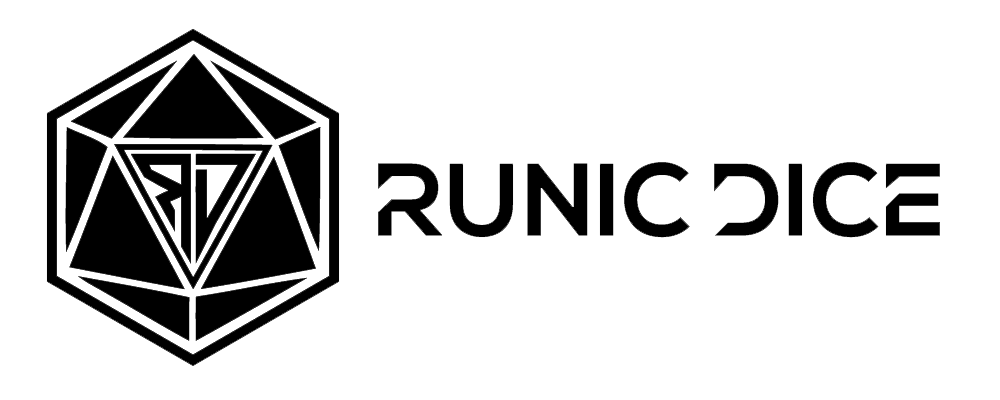


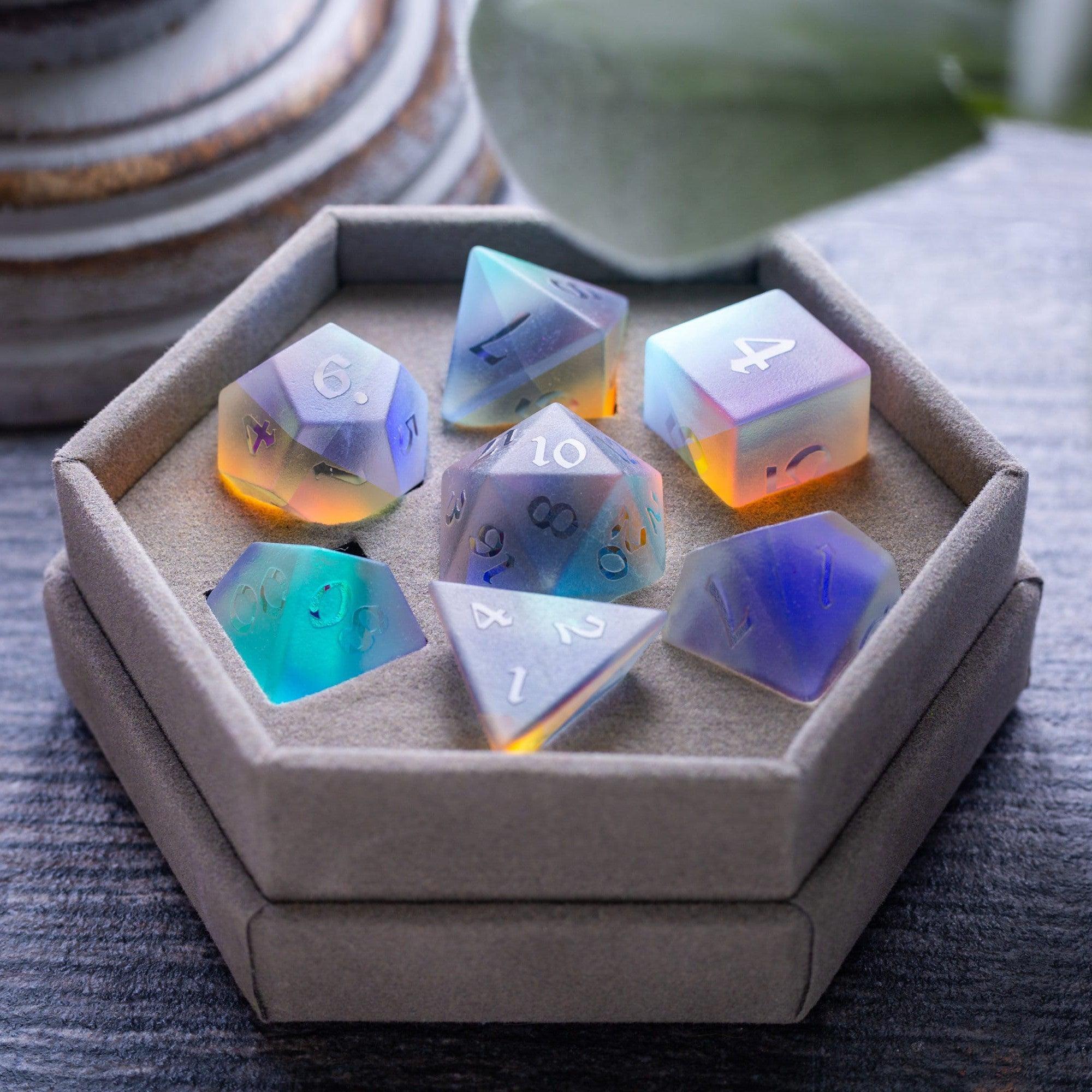
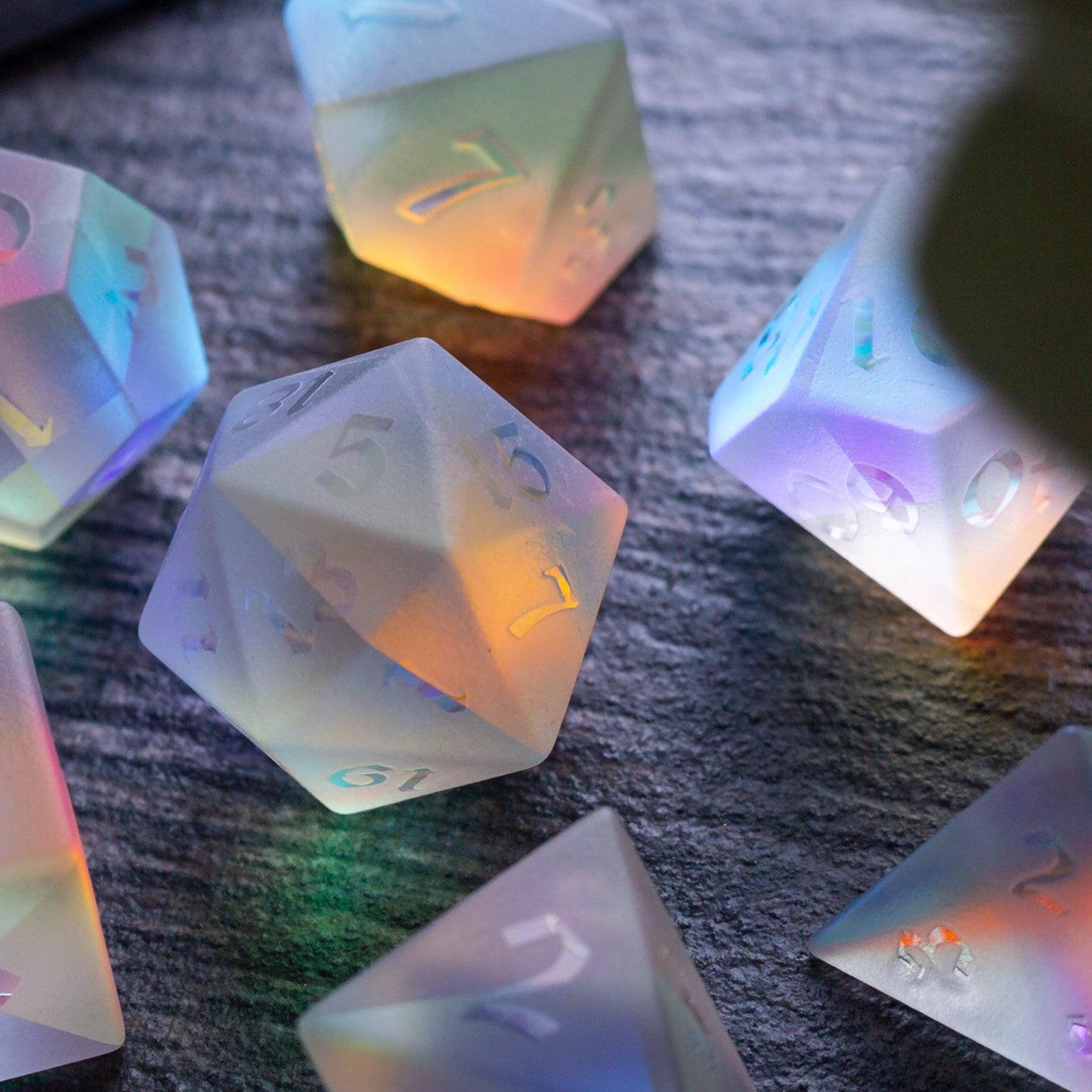
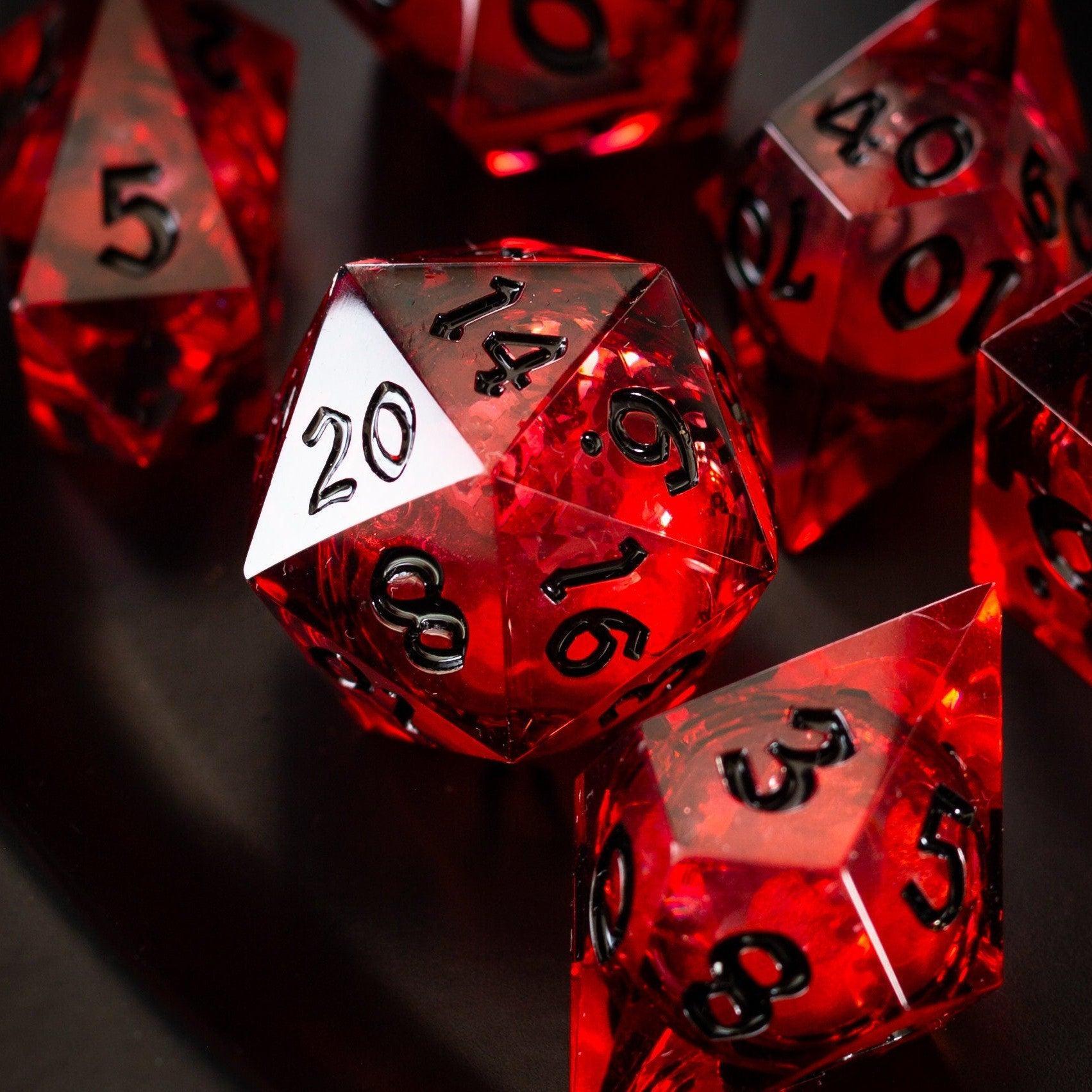
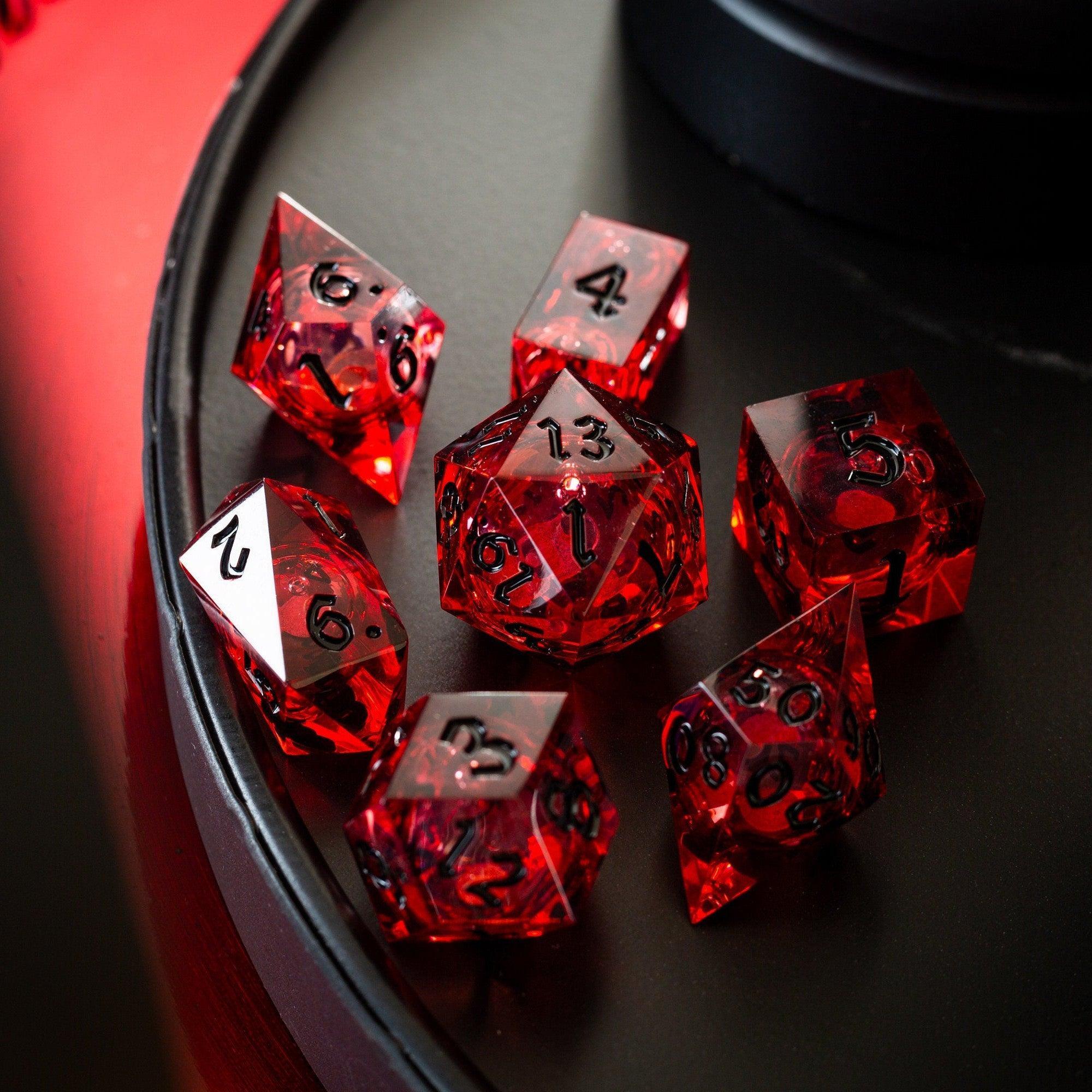
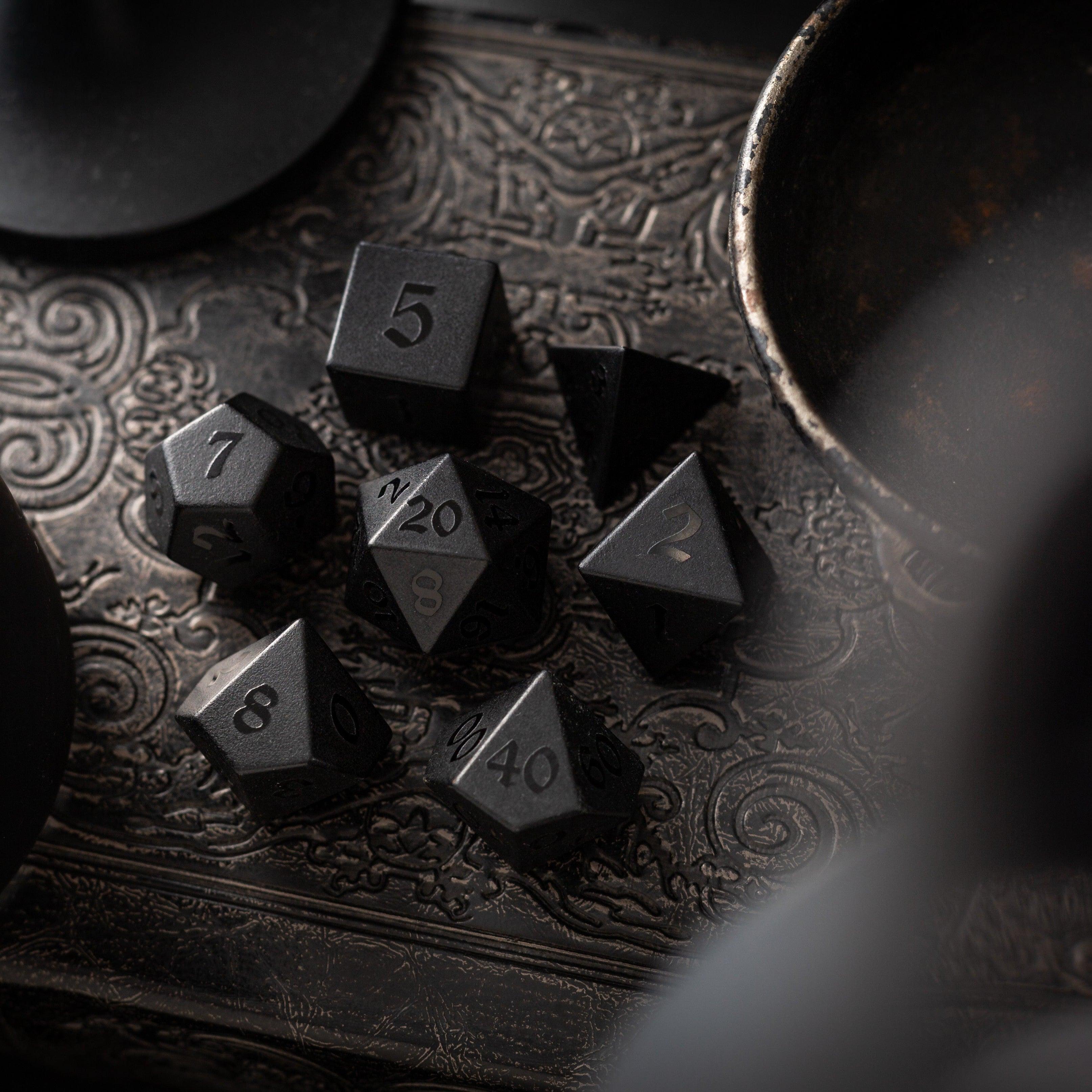
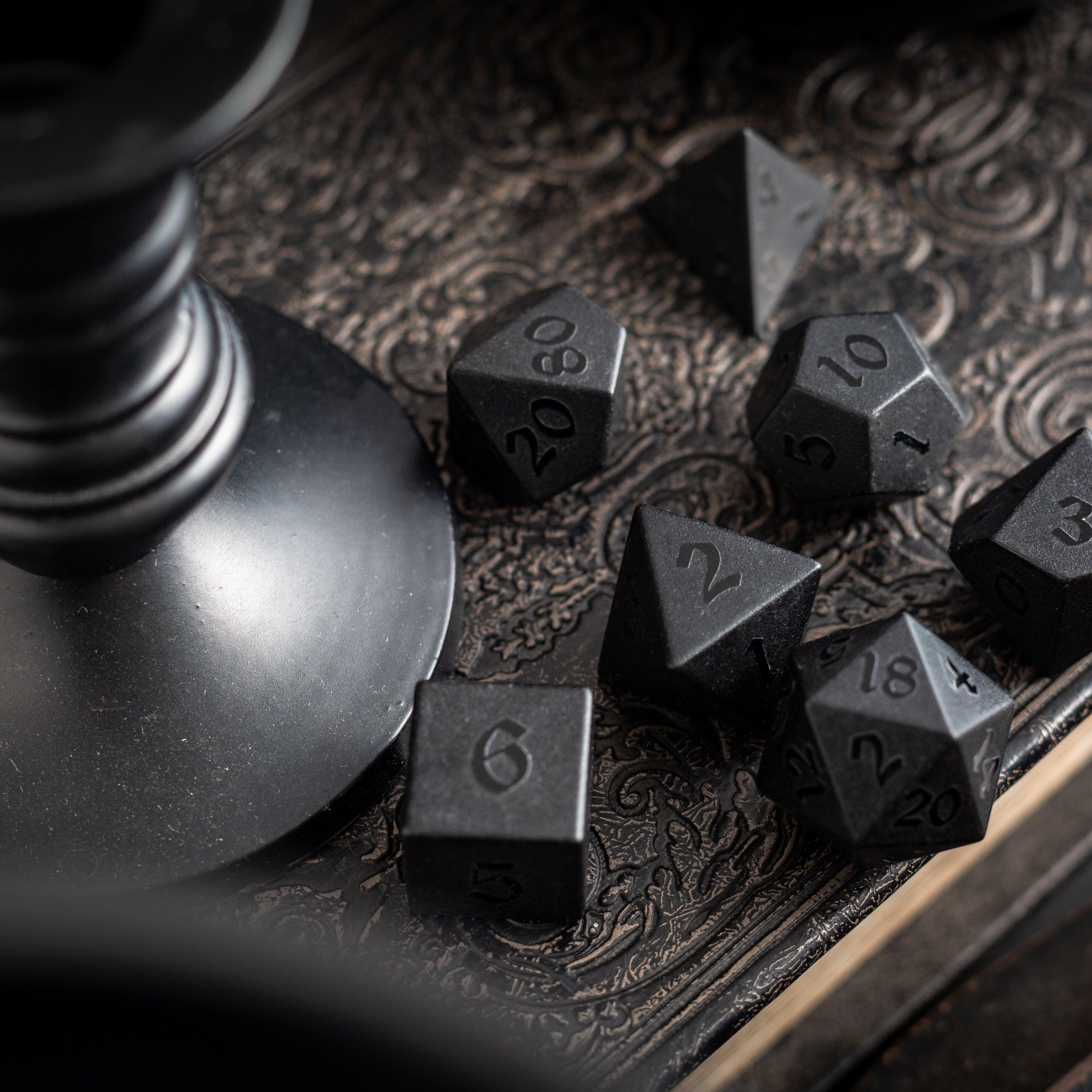
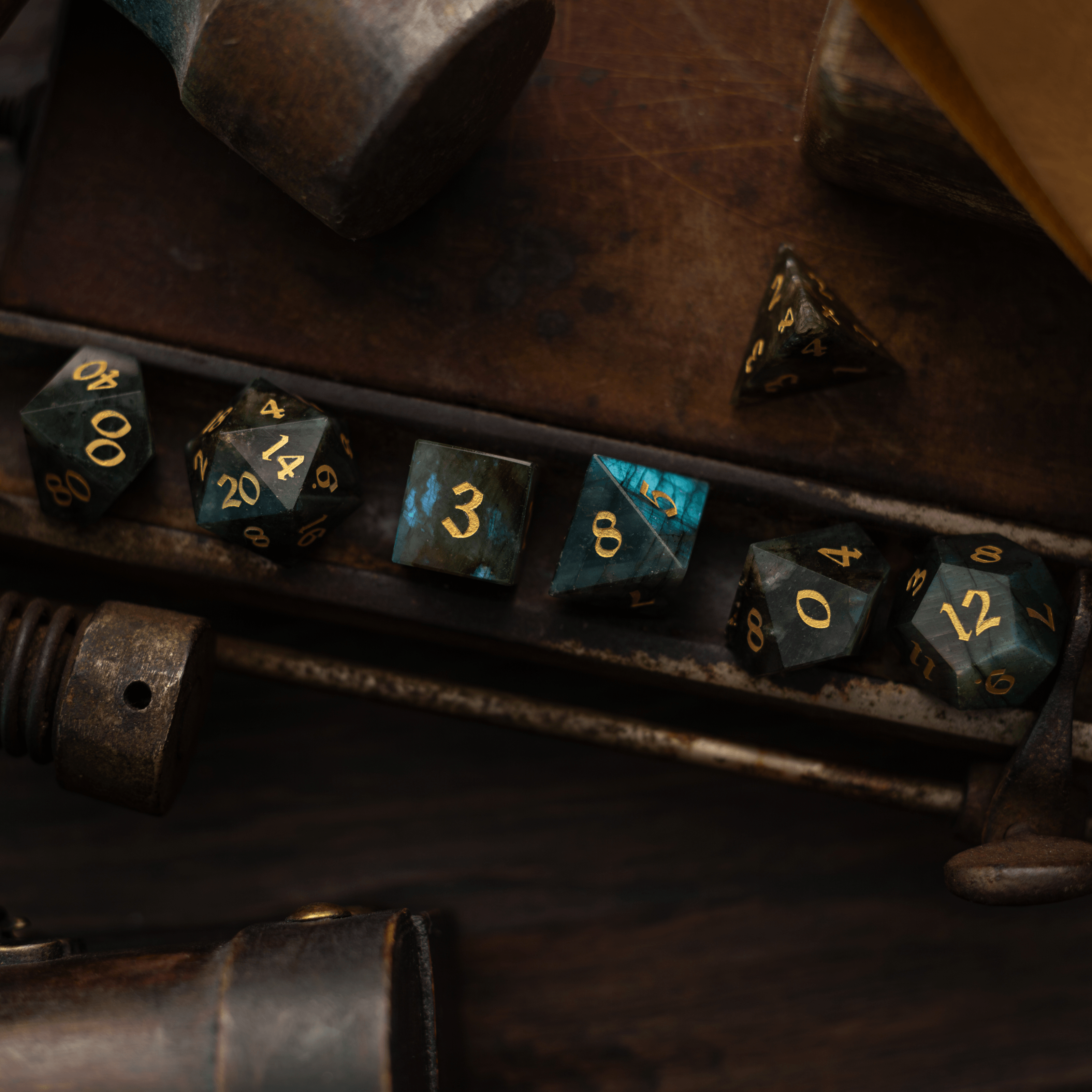
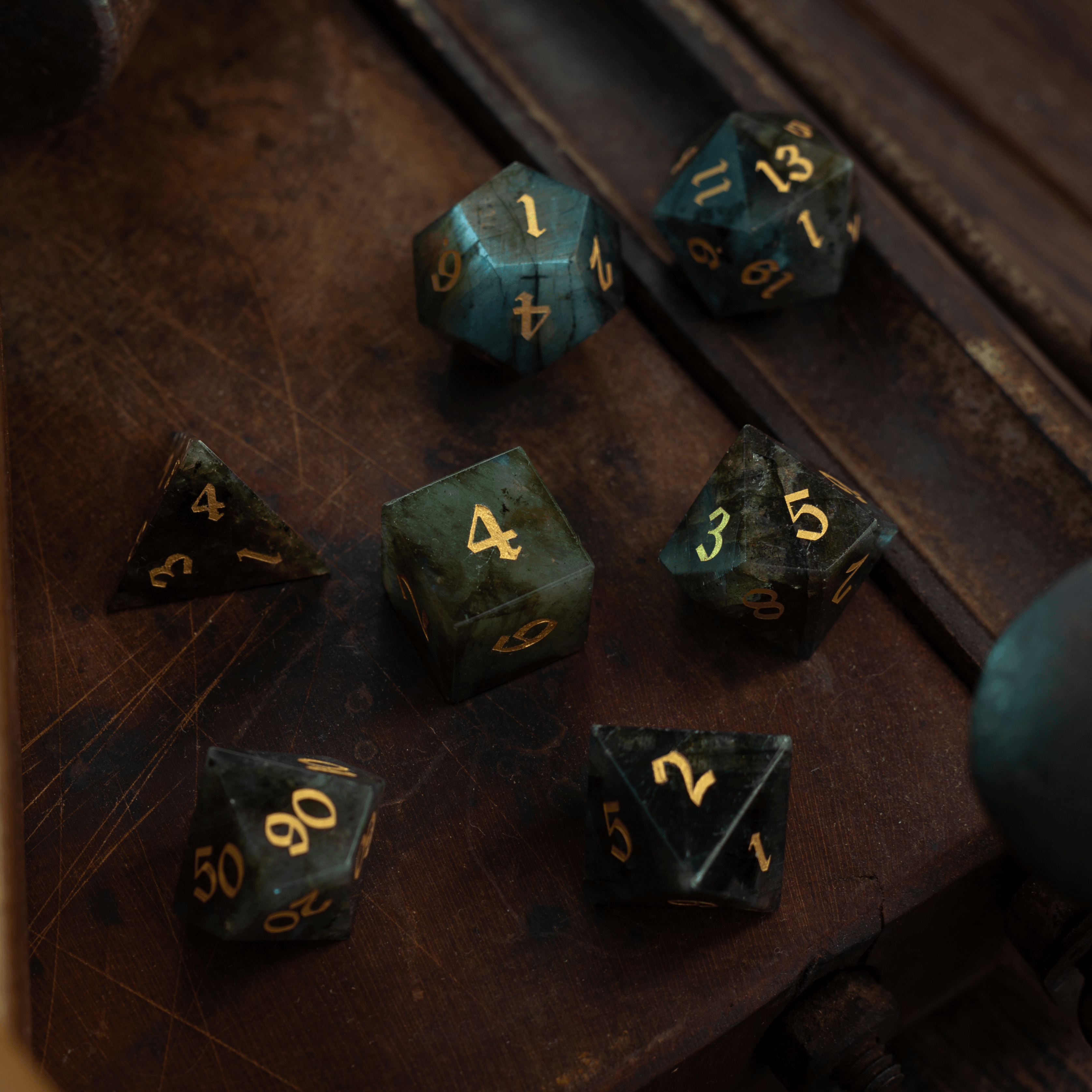
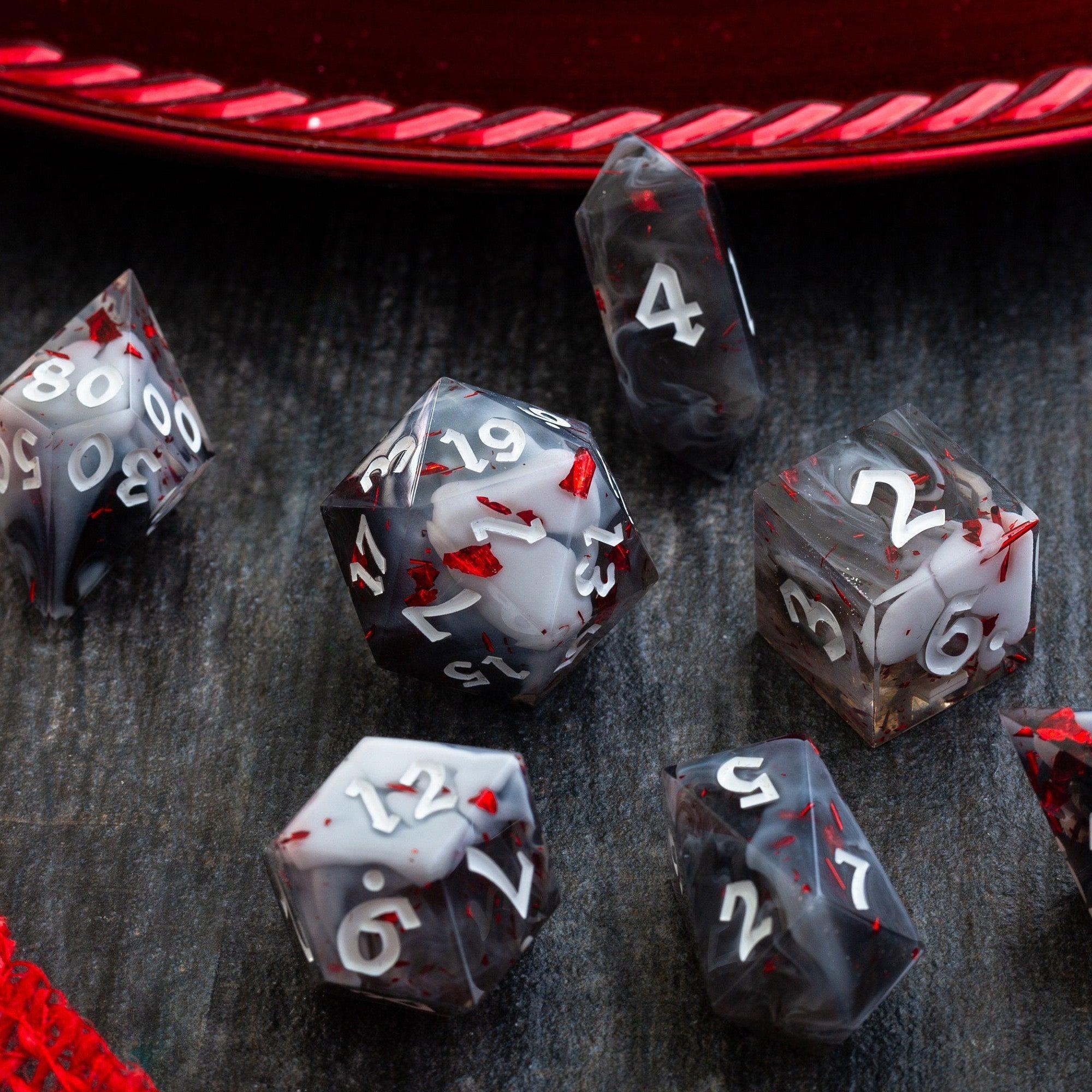
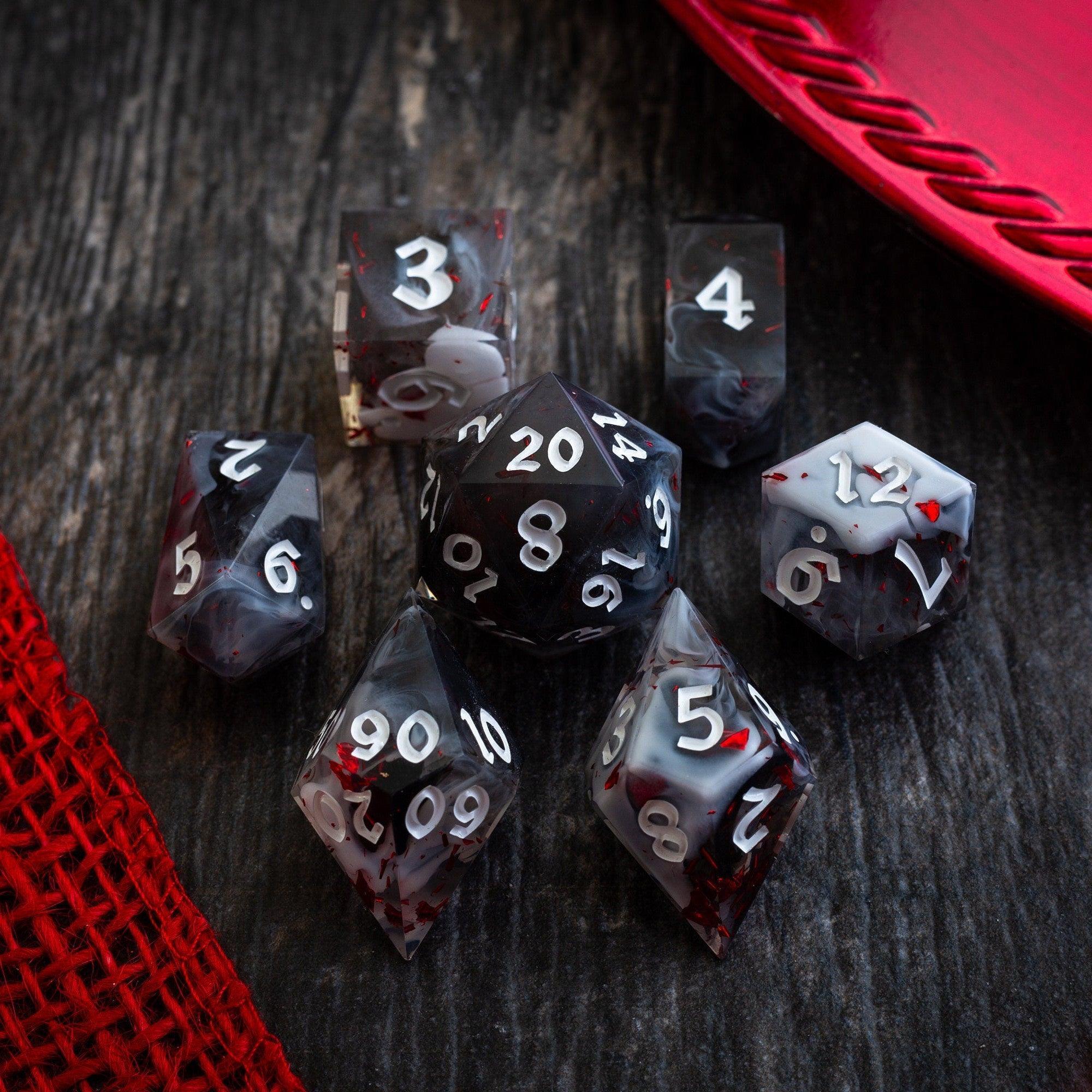
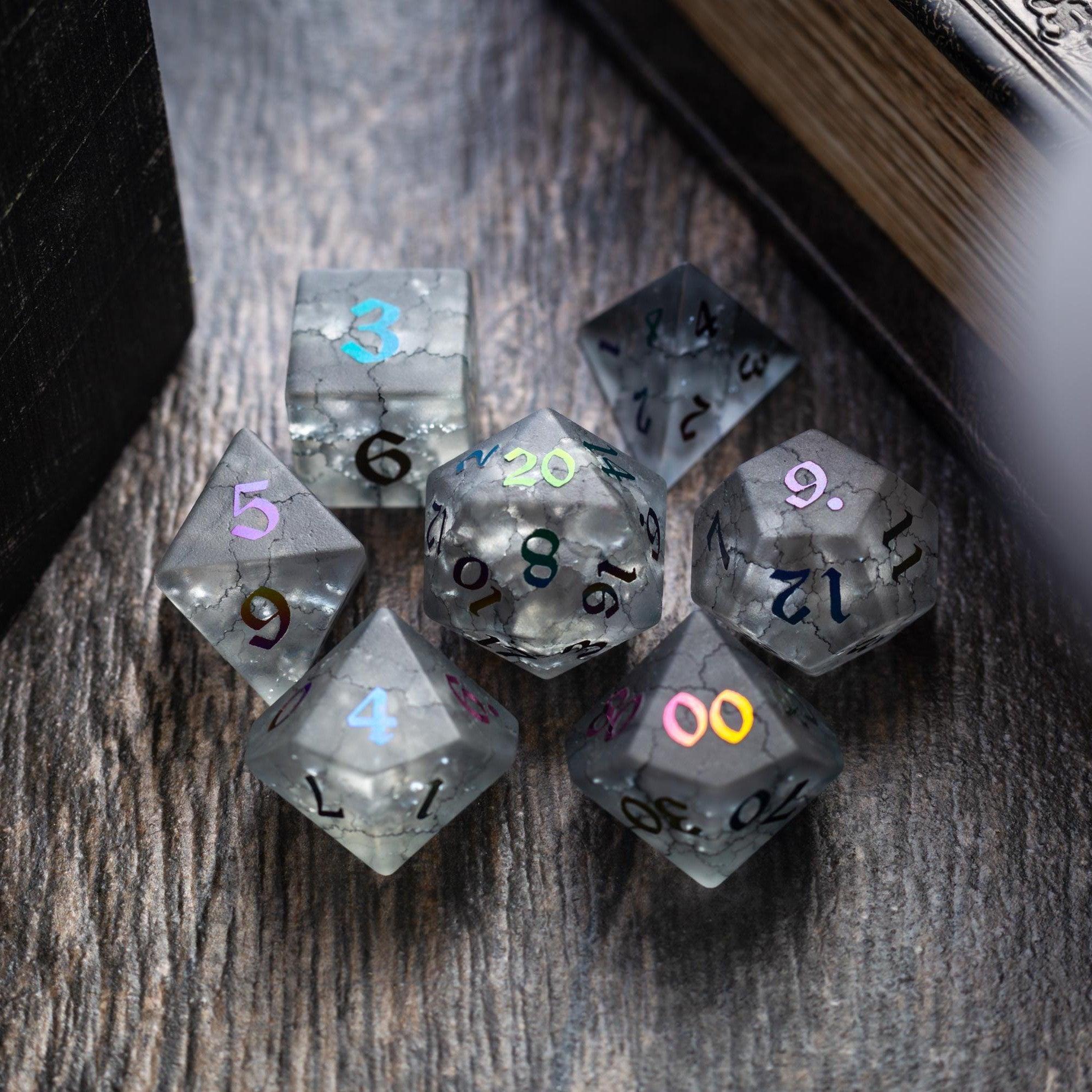
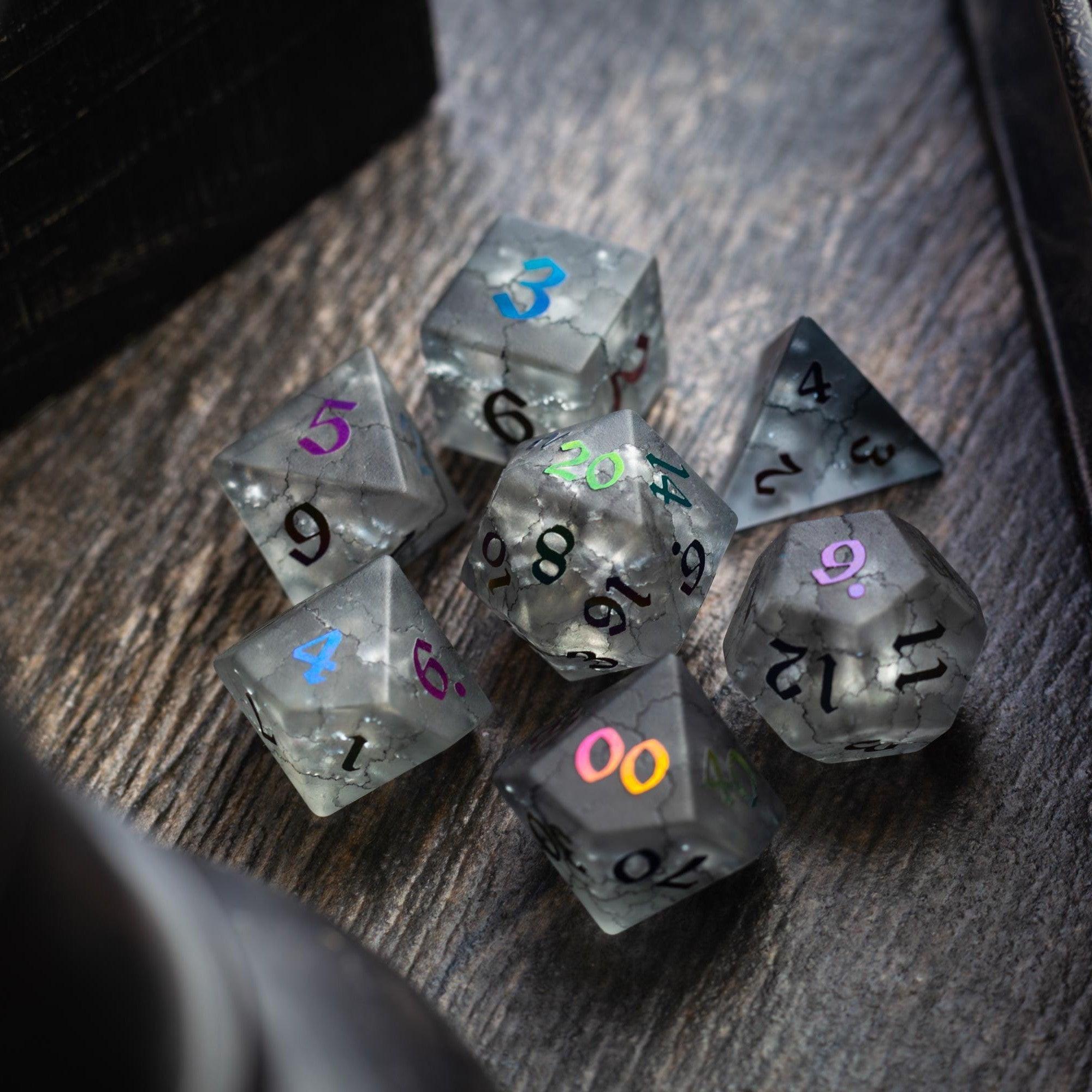
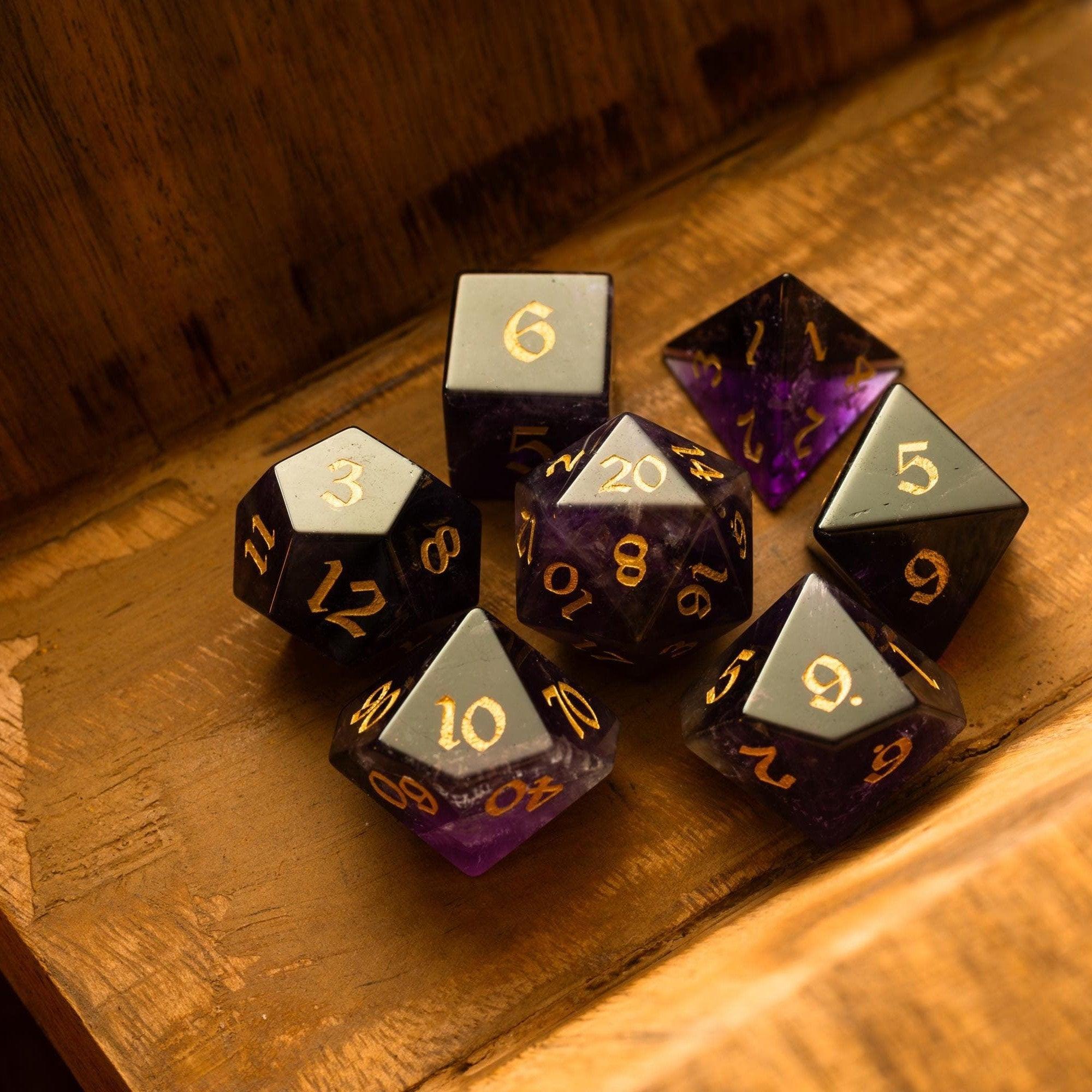
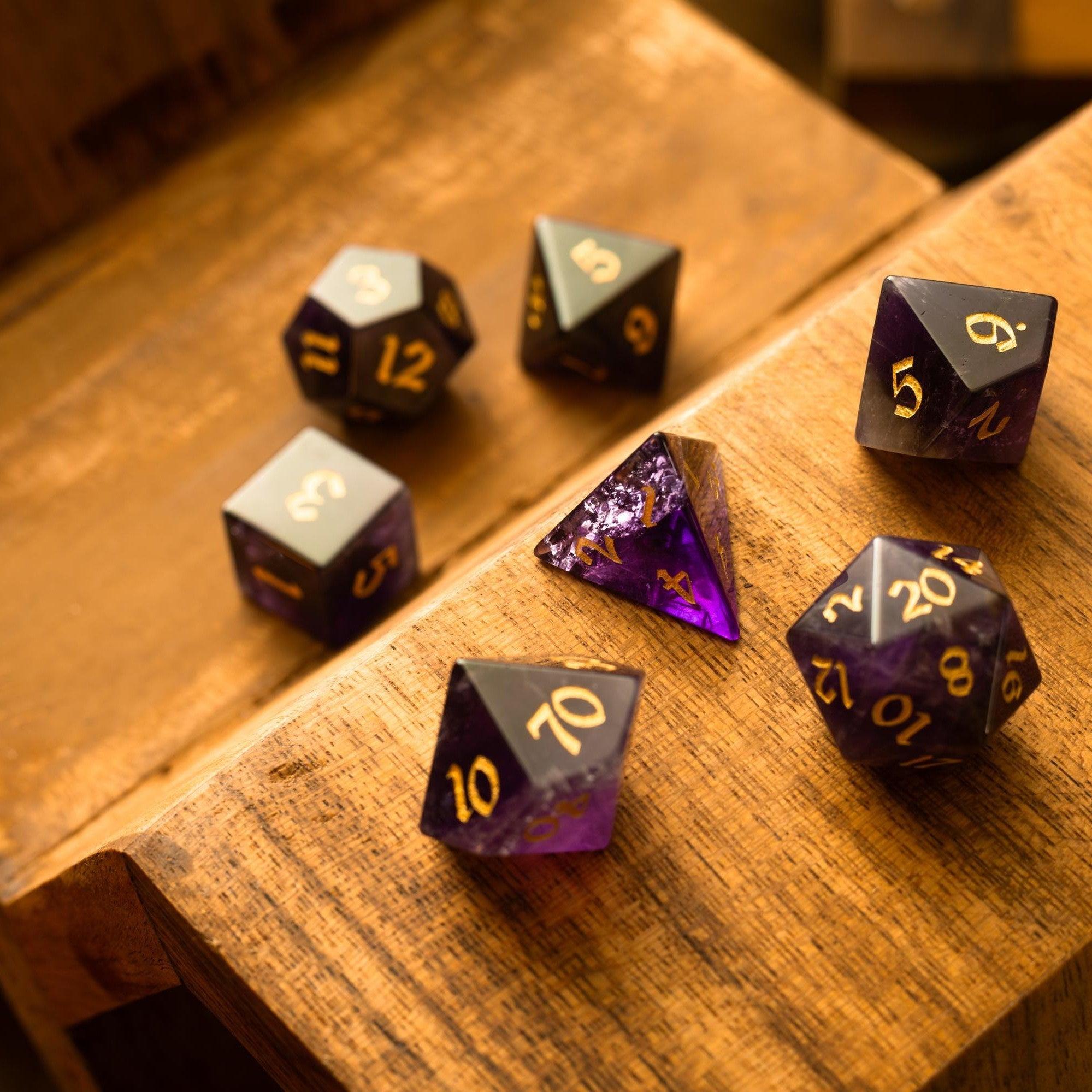
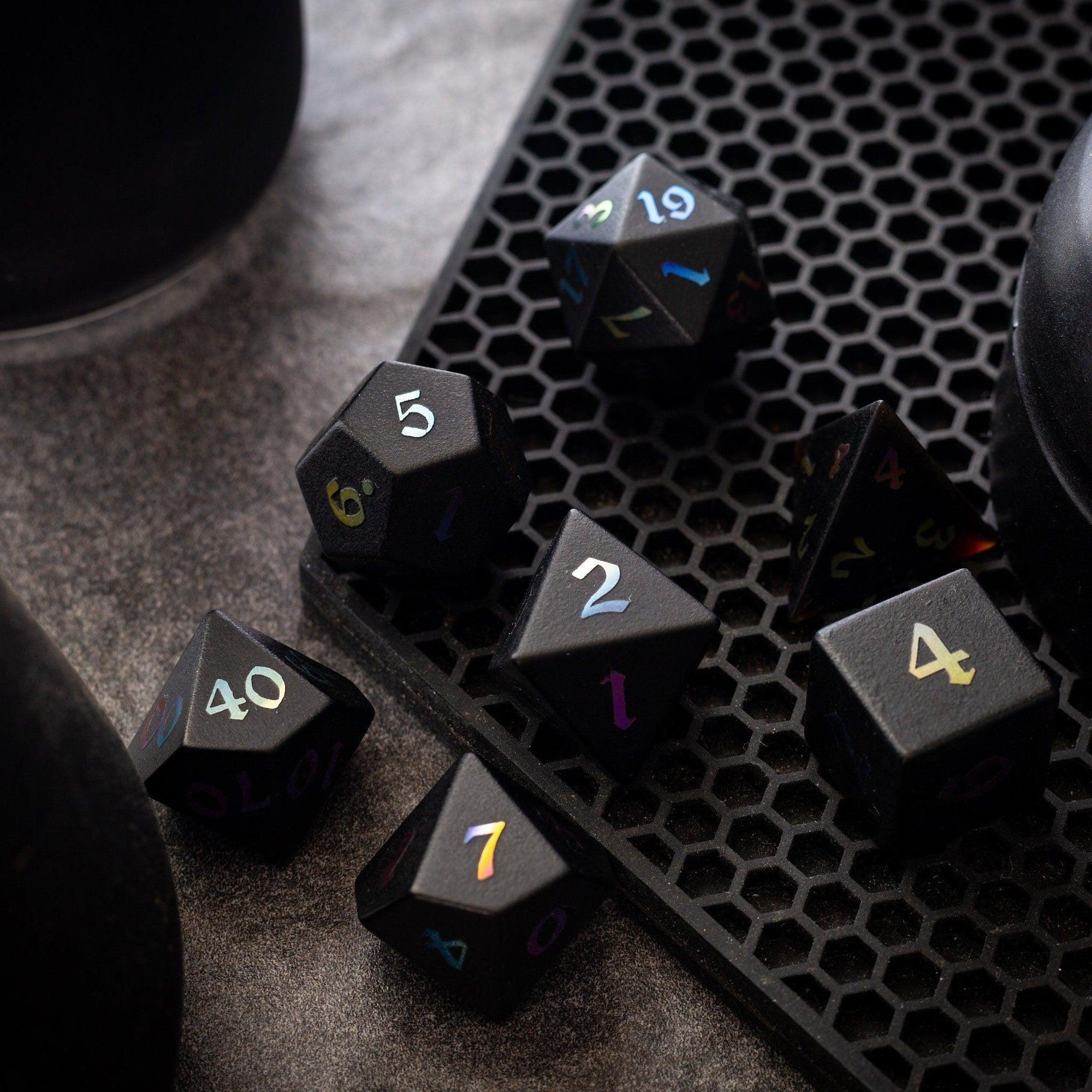
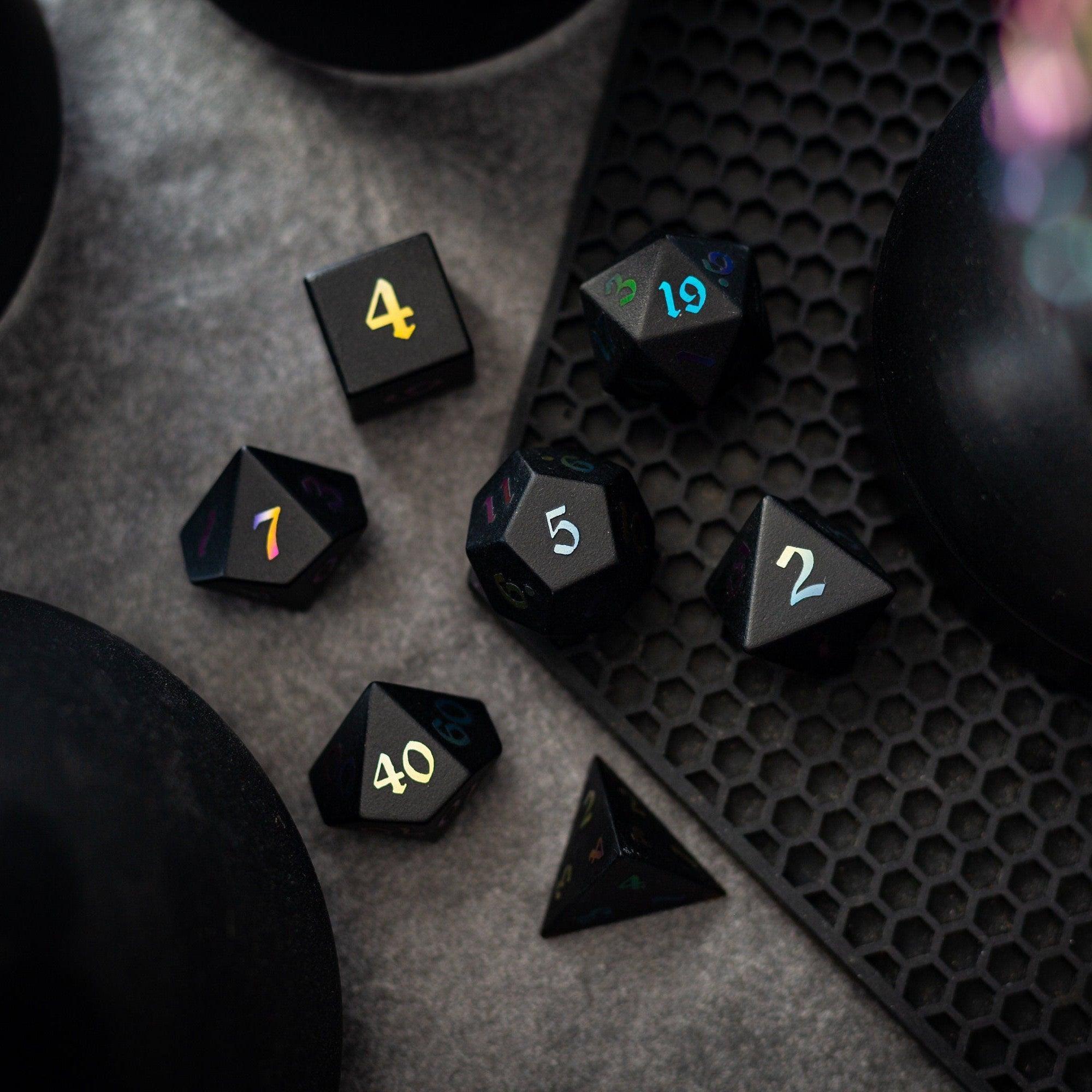
Leave a comment
This site is protected by hCaptcha and the hCaptcha Privacy Policy and Terms of Service apply.